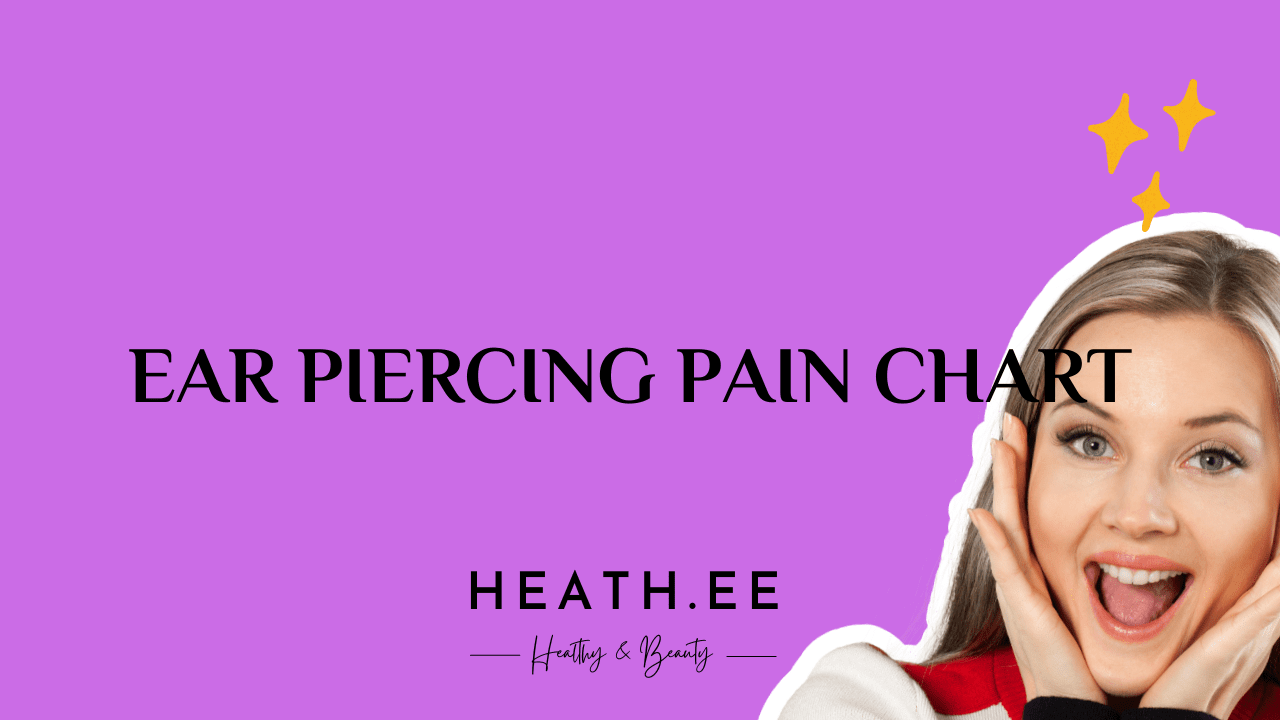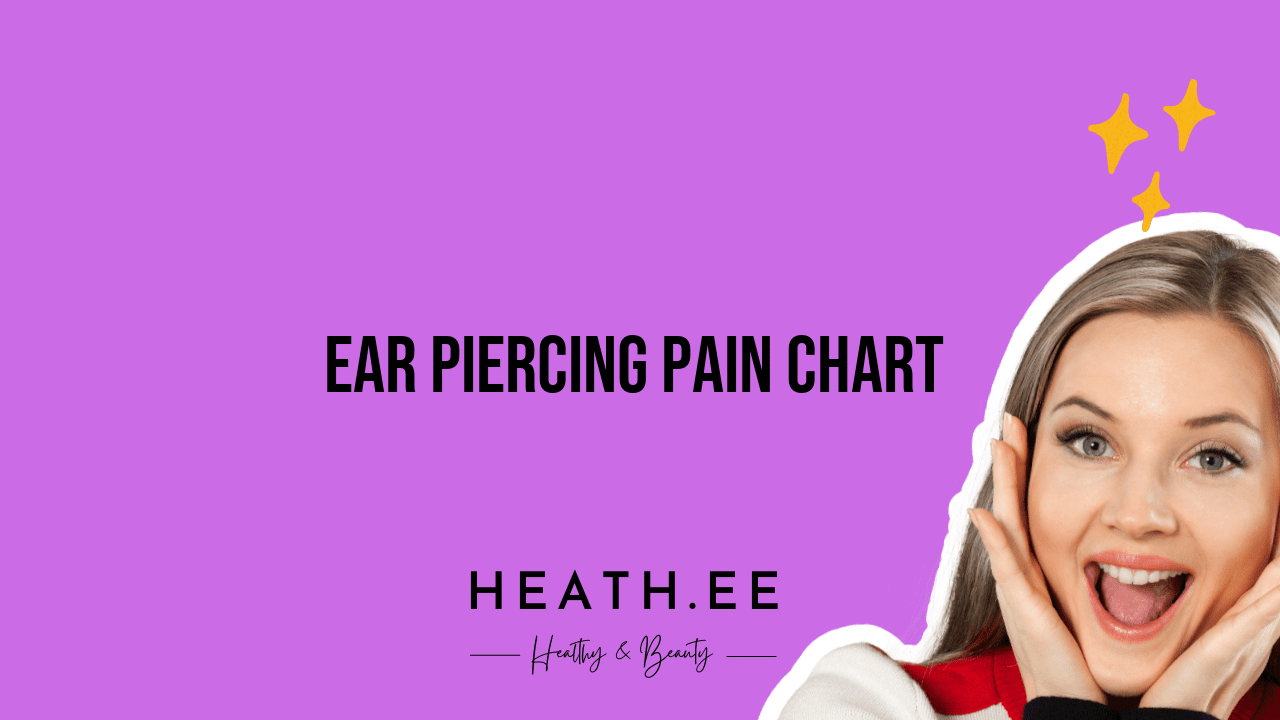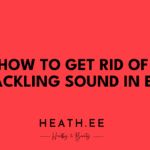When it comes to body modification, ear piercing is one of the most popular forms of self-expression. For those considering it, understanding the pain levels associated with the procedure is essential to making an informed decision. This article will explore the different pain levels associated with ear piercing, as well as the aftercare required to ensure a successful piercing.
What Is Ear Piercing?
Ear piercing is the act of puncturing a hole in the earlobe in order to insert an earring or other jewelry. It is a form of body modification that is popular among both men and women, and can be done in a variety of places, including the lobe, cartilage, and helix.

What Are the Pain Levels Associated with Ear Piercing?
The pain associated with ear piercing can vary depending on the person and the location of the piercing. Generally, ear piercings tend to be less painful than other body piercings, such as facial piercings. However, the pain level can still vary depending on the individual.
The lobe is the least painful area to get pierced, as it is the fleshiest part of the ear. Cartilage piercings tend to be more painful than lobe piercings, as the cartilage is much tougher than the fleshy lobe. Helix piercings are the most painful, as they go through the cartilage of the ear.
What Should You Expect After Ear Piercing?
After getting pierced, it is normal to experience some pain and discomfort. The area around the piercing may be swollen and tender, and some bleeding may occur. It is important to keep the area clean to avoid infection.
It is also important to avoid touching the piercing or rotating the jewelry. Doing so can cause the piercing to become irritated and can increase the risk of infection.

What Aftercare Is Required for a Successful Piercing?
Aftercare is essential for a successful piercing. It is important to keep the area clean and dry. It is also important to avoid swimming or submerging the piercing in water for at least six weeks after the piercing.
It is also important to avoid using harsh soaps or chemicals on the piercing. Instead, use a mild soap and warm water to clean the area. Additionally, it is important to avoid using alcohol, hydrogen peroxide, or other harsh cleansers on the piercing.
How Long Does It Take for a Piercing to Heal?
The time it takes for a piercing to heal can vary depending on the individual and the location of the piercing. Generally, lobe piercings take the least amount of time to heal, usually around 6-8 weeks. Cartilage piercings take a bit longer, usually 8-12 weeks. Helix piercings take the longest to heal, usually 12-16 weeks.
What Are the Risks of Ear Piercing?
Although ear piercing is generally safe, there are some risks associated with the procedure. These include infection, allergic reaction, and scarring. It is important to make sure the piercing is done by a professional in a clean and sterile environment to reduce the risk of infection.
What Are the Benefits of Ear Piercing?
In addition to being a form of self-expression, ear piercing can also have some health benefits. For example, ear piercing can help to reduce the risk of infection in the ear, as it can help to keep the ear canal clean. Additionally, some studies have suggested that ear piercing can help to reduce the risk of migraine headaches.
Ear Piercing Pain Chart: Understanding the Different Levels of Pain
When it comes to ear piercing, understanding the different levels of pain associated with the procedure is essential. The following chart shows the different pain levels associated with different types of ear piercings:
| Piercing Type | Pain Level |
| ————- | ——— |
| Lobe | Low |
| Cartilage | Moderate |
| Helix | High |
Conclusion
Ear piercing is a popular form of body modification that can be a great way to express one’s self. It is important to understand the different pain levels associated with the procedure, as well as the aftercare required for a successful piercing. With the right knowledge and care, ear piercings can be a safe and enjoyable experience.



